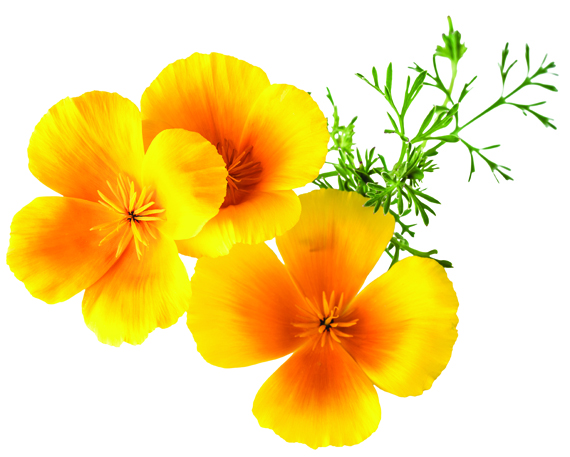April 18 is our thirty-ninth wedding anniversary. Peter and I journey north at dusk to Tomales Bay, a drowned rift valley bisected by the San Andreas Fault. What more romantic spot to celebrate long marriage than on the unstable strike and slip fault zone where two active continental plates grind up against each other far below the surface of dark water?
To the east the landward flank of the North American Plate stretches out under thick riparian cover. Below briny waves to the west, the unhitched mass of the Pacific Plate inches north, a submerged sea mount bucking and snorting in slow motion toward the Gulf of Alaska.
April 18 is also the somber anniversary of the 1906 San Francisco earthquake, one of the greatest natural disasters in North American history. Registering a magnitude of 7.8 on the Richter scale, the shocks from this earthquake were felt from Oregon to Southern California. With its epicenter in the ocean, the earthquake caused a small tsunami as well as massive fires that burned continuously in San Francisco for three days. Three thousand people lost their lives. Refugee camps throughout the city ministered for months to more than three hundred thousand Bay Area citizens.
With full respect for the gravity held in the shared date, we also celebrate the occasion. At sundown we drink a toast of cold spring water spiked with a pinch of West Marin sea salt. Cold water is chased with a still-warm chocolate cherry cookie from our favorite Bovine Bakery in Point Reyes Station. At dusk, Peter presents me with a quart-sized Mason jar ablaze with plucked California poppies, the State flower, and absolutely illegal to harvest. On the more stable side of the fault line of marriage I surprise Peter with a coveted copy of Mark Musa’s two-volume translation of Dante’s Paradiso.
Almost a month ago I stood on this same unstable seismic terrain with 20 other authors, artists, and activists for a unique literary conference called The Geography of Hope: Women and the Land. Inspired by Rachel Carson’s 1962 classic, Silent Spring, 300 participants, mostly women of all ages and backgrounds, joined in a responsive surge to meet the current challenges of climate chaos, environmental depletion, massive species extinction, and severe poverty and social injustice.
Living in proximity to the San Andreas fault line, we learned with dismay that four consecutive years of grueling drought and unchecked groundwater depletion in California has caused dangerous destabilization along this fault line, increasing the risk and potential magnitude of violent earthquakes.
In this unstable and dangerous time the United Nations has declared 2015 the International Year of Soils. Understanding that it takes 700 to 1,500 years to generate a single inch of fertile topsoil, a circle of Geography of Hope women hunkered down around a mound of raw clay and compost to fashion hundreds of marble-sized balls of native California poppy seed, Eschscholzia californica. Ethnobotanist M. Kat Anderson reminded us that we were handling the true gold of California plant currency, valuable for stabilizing soil, alleviating Yuki toothaches, feeding hungry Sierra Miwok people, and lulling to sleep the Rumsien Ohlone, a Northern California tribe.
At the close of the Women and the Land conference, participants fanned out across renewed terrain bearing fresh inspiration, strong intention, and handfuls of fat seedballs ready to be entrusted to the earth. I released California poppy seed all the way home, marking the invisible fault line fissure of the San Andreas with a dream of gilded flowers.
On our wedding anniversary Peter and I linger above Tomales Bay until nightfall. Bone-dry April wind bears down on burnt gold poppies at the edge of the dark. Alive on this faulted ground, we both see that in the coming 20 years 400 million acres of active farmland in the United States must pass with agrarian trust to the next generation of young farmers.
I imagine those new leaders tonight, fresh bodhisattvas coming out of split-open ground as foretold in the 15th chapter of the Lotus Sutra. These beings are hungry, unformed, and ready to work and grow. In their hands they carry new tools dusted with bright gold pollen.
Thank you for subscribing to Tricycle! As a nonprofit, we depend on readers like you to keep Buddhist teachings and practices widely available.
